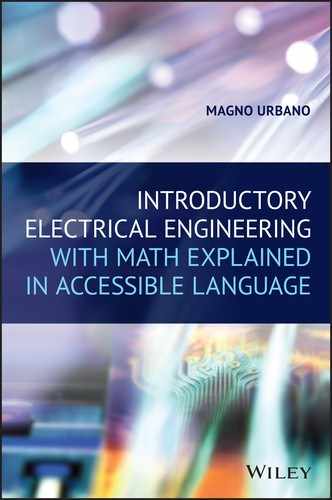12
Generators: And Motors
12.1 Introduction
In this chapter, we will examine electric generators that are direct applications of electromagnetic induction and their cousins, electric motors.
12.2 Electric Generators
Electric generators are devices that can generate alternating current (AC) by the movement of a wire winding inside a magnetic field, for example.
Figure 12.1 shows the idea behind a simple generator: a winding of wire that rotates inside a magnetic field generated by two static magnets.
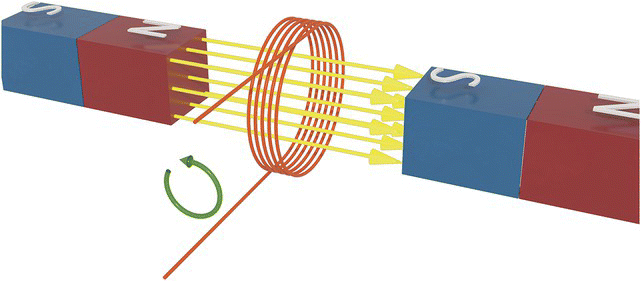
Figure 12.1 Electric generator (winding at 0°).
In real life, windings are attached to an axis that rotates by external force like the turbine of a hydroelectric power plant.
As the winding rotates, its turns of wire cut the magnetic field lines, represented by the arrows in Figure 12.1. This process induces electrical current in the winding.
12.2.1 How It Works
Suppose the winding is, initially, at the position 0°, represented by Figure 12.1. The winding is cutting the magnetic field at a position of minimal induced current. The induced current at this point is 0.
Moved by external forces, the winding rotates anticlockwise and cuts more magnetic field lines. The induced current increases gradually across the winding. When the rotation reaches 90°, as shown in Figure 12.2, current reaches its maximum positive value.
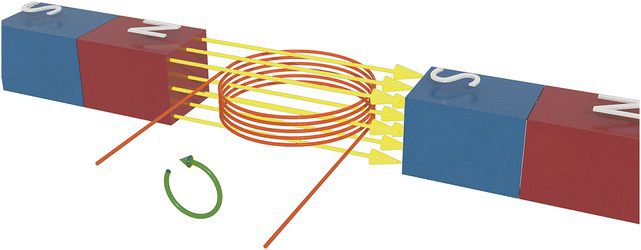
Figure 12.2 Electric generator (winding at 90°).
Rotation continues from 90° to 180°. Current decreases gradually to 0, because the winding moves toward a position where the magnetic field is inverted, compared with what it was at 0°.
Rotation continues and the winding goes from 180° to 270°. Now the winding position is inverted compared with how it was at 90°. Consequently the magnetic field and the current are inverted. The current is at its negative peak.
Rotation continues from 270° to 0° and current will decrease again to 0.
The cycle repeats continuously after that.
In terms of rotation angle, the generator will produce an induced current like the one shown in Figure 12.3.
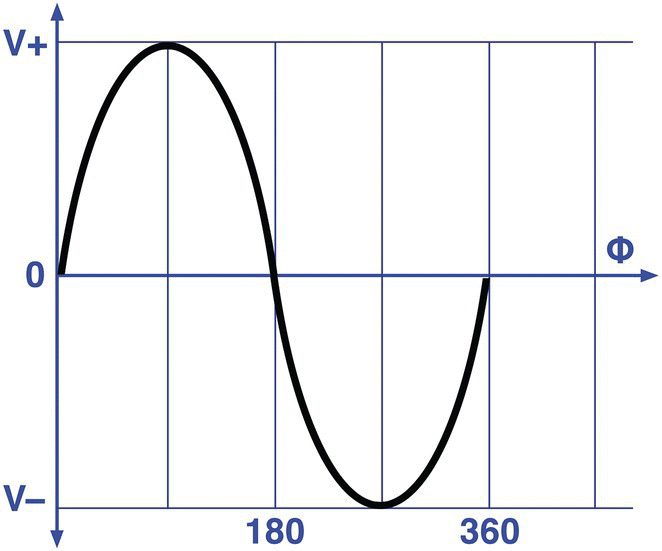
Figure 12.3 Electric generator.
12.3 Electric Motor
An electric motor is basically a generator connected backward.
Generators use mechanical movement to rotate a winding inside a magnetic field to produce electricity. Electric motors use electricity to make the winding rotate and produce mechanical movement.
12.3.1 DC Motors
Imagine a winding embedded on a fixed magnetic field between two magnets. The winding is sitting horizontally (0°) as shown in Figure 12.4.
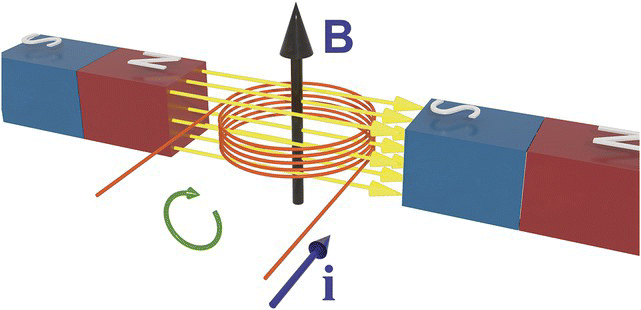
Figure 12.4 Winding of an electric motor.
Current is injected on the winding, producing a magnetic field pointing up, as shown in Figure 12.4. The magnetic field produced by the magnets will force this winding magnetic field to be oriented in the same direction. This will force the winding to rotate 90° clockwise. Now, both fields are oriented to the same direction (see Figure 12.5).

Figure 12.5 Electric motor.
The motor is constructed in a way that the current will invert direction when the winding reaches this position.
With the current inverted, the winding magnetic field rotates 180°, forcing the winding to rotate again, to align with the fixed magnetic field.
Current inverts again and the process repeats continuously.
This kind of motor is called induction motor, and because it has only a single winding, it is called a single‐phase induction motor.
12.3.2 AC Motors
AC motors use AC and work slightly different.
AC motors can be single or triple phase. Single‐phase motors work by having a fixed winding producing an alternating magnetic field. This alternating field induces current on the rotor’s winding that creates its own magnetic field that is always trying to align itself with the stationary field.
In triple‐phase motors, there are three stationary windings, each one assembled in a 120° to each other. This creates a rotating magnetic field that pushes the rotor.
